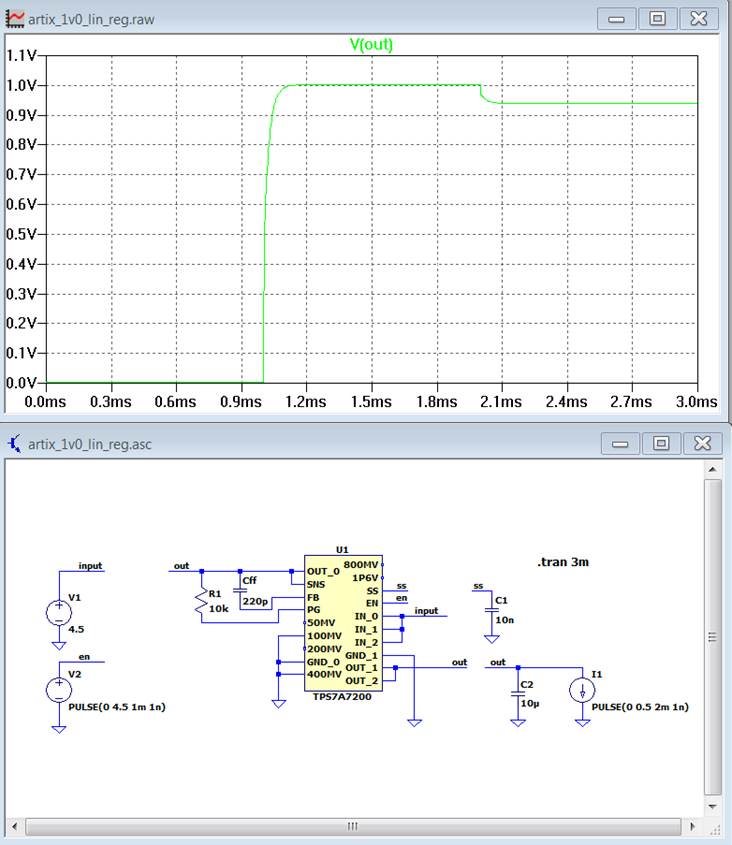A customer is attempting to determine the appropriate input capacitance for the TPS7A7200RGWR. He linked the datasheet below. In section 8.2.2.3 the best guideline was to use a capacitor of up to 1uF. However, later in the datasheet in section 9 it recommends to use a 10uF input capacitor.
He assumes the larger capacitance is attempting to be avoided because of the resonant point with the ESL of the trace. A smaller capacitor would cause the resonant point to be pushed out further.
1. In general, can a 10uF capacitor be used with some level of confidence with optimized trace routing?
2. Is there perhaps a tool to use to determine the input impedance for the converter so the input stage could be designed to have a smaller impedance?
http://www.ti.com/lit/ds/symlink/tps7a7200.pdf
Regards,
Naser


